The Moto Z Force Droid also offers consistently good performance across both stills and video, achieving a Photo sub-score of 87 and Video sub-score of 86, with the overall result weighted in favor of the Photo score. Exposures are generally very good across a range of different lighting conditions, including good dynamic range; well-balanced, high-contrast exposures, thanks to its Auto HDR mode; and pleasant color with neutral white balance. The high-resolution sensor also enables 4K video capture, with movies continuing to offer excellent levels of detail, particularly in bright light. Exposure and stabilization are also strong points, with the Moto Z Force Droid rendering both pleasant and smooth videos.
Outdoor pictures with superb detail and minimal noise
Shooting outdoors and in bright light conditions, the Moto Z Force Droid produced an excellent set of test images, with good exposure, neutral white balance, excellent detail with well-controlled noise, and vivid color. When triggered, the built-in Auto HDR proved very successful. In tricky high-contrast scenes, skies were well exposed, with good highlight detail; and despite slightly clipped shadows, the overall exposure was very pleasing. On overcast days, HDR exposures were excellent, too, with detail in the sky and excellent processing in the darker areas, ensuring good detail with very little visible noise or color shading.
We observed the odd exposure failure in very bright scenes, with some over exposure and blown-out highlights, but such failure was a rare occurrence. The Moto Z Force Droid’s 21Mp sensor captures outstanding levels of fine detail — in fact, some of the most intricate results we’ve seen from a smartphone.
In bright light conditions, very fine details, such as the mesh on the air vents, shows the extent of the resolution possible, with almost no moiré visible in these high-frequency patterns. Outdoors, noise reduction is very good, too. In blocks of uniform color, such as the blue sky, a fine luminance noise is just visible, but it’s not offensive and is not visible at all in more intricate areas of the picture. Good white balance ensures natural results, with bold, well-saturated color; and although we observerd some exposure and white balance irregularities, the degree of variation between results was well within acceptable parameters.
Great indoor photos even in extreme low light
Indoors, the Moto Z Force Droid’s f/1.8 lens aperture and Optical Image Stabilization (OIS) help produce some very successful low-light results. In extreme low light (5 Lux), images are a little under-exposed, but far from the worst we’ve seen, remaining very usable with nice (if not bold) color. Even in extreme low light, the bright lens aperture and OIS allow the Moto Z Force Droid to use exposure settings that help maintain better image quality. The maximum ISO sensitivity employed was a fairly low ISO 2000, compared to ISO 3200, which is often used. You should still expect some loss of fine detail in low light conditions, but results are very commendable nonetheless.
The Moto Z Force Droid also uses a fairly slow 1/10 shutter speed, but thanks to the OIS system, using good technique when shooting hand-held make sharp results possible. Under brighter 10 and 20 Lux light sources, the shutter speed remains at 1/10 sec, but the Moto Z Force Droid uses lower ISO sensitivities for both cleaner and more detailed low-light pictures. At 100 and 500 Lux, both a lower ISO setting and a faster 1/30 sec shutter speed ensure the excellent sharp, detailed, well-exposed shots we saw during outdoor testing.
We observed some slight irregularities in noise, exposure, detail, and color when taking consecutive low light shots, but the variation wasn’t overly concerning, and we often achieved good results.
Details: Explaining the scores
Exposure and Contrast (89)
One of its best category scores, the Moto Z Force Droid produces well-exposed images in all conditions with very few failures. HDR exposures in both bright and overcast conditions are very successful, recording good highlight detail in most cases, and good shadow detail with no visible color shading or excessive noise. Indoor exposures are excellent, too, thanks to the f/1.8 lens ensuring bright exposures with low ISO sensitivities even in extreme lowlight, and the OIS system helps achieve sharp shots even when using slow shutter speeds.
Color (83)
The Moto Z Force Droid achieves a very acceptable score of 83 for color, thanks to accurate white balance, vivid hues, and barely-visible color shading in outdoor shots. Some color shading is visible under extreme low-light tungsten light sources, with a pink cast in the center shifting to green at the edges.
Autofocus (91)
An outstanding result for autofocus means that you can be assured of fast and reliable focusing in most conditions when shooting stills or videos with the Moto Z Force Droid. Autofocus is both accurate and repeatable in all conditions, and although video focus is a little slower in low light to converge as you change scenes, it remains very acceptable.
Texture (88)
Noise (88)
Producing some of the most detailed smartphone pictures we’ve seen, the Moto Z Force Droid’s 21Mp sensor does an excellent job of maintaining detail while minimizing noise. Very intricate details are preserved in bright light, and only a fine luminance noise is visible in blocks of uniform color. In low light, the results were a little more inconsistent, but with good handling and capture technique, both sharp and nicely textured images with acceptable levels of noise were achievable. A sequence of images captured in low light using continuous burst mode displayed significantly more noise and less detail, so this feature is probably best avoided.
Artifacts (86)
Artifacts, or optical deficiencies, are well-controlled on the Moto Z Force Droid. The high-resolution sensor all but eliminates any moiré or false color patterns in areas of very fine detail. A slight halo is visible along contrast edges, along with some visible ringing and minor blue chromatic aberrations, but these won’t cause major problems for most users and are really only evident in large prints.
Flash (79)
One of the Moto Z Force Droid’s lowest category scores was recorded for flash, but the dual LED unit is capable of nice exposures with good detail when required. Using flash with no additional light sources, colors are pleasant, but strong light attenuation is visible, resulting in fairly dark corners of the frame with a noticeable buildup of noise. White balance can be a little inconsistent using flash, too, displaying a slight yellow colorcast, as well as a difference in hue between the left- and right-hand sides of the frame. Mixing flash with an additional tungsten light source, the colorcast turns a little pink, but overall color remains pleasant. Consecutive flash exposures also show some minor variations between colors; the occasional occurrence of red-eye in indoor flash portraits will require some post-production correction.
Video (86)
The Moto Z Force Droid’s high video score of 86 means that smartphone videographers can be assured of high-quality movies. Target video exposures are very good in most scenarios, with fast, smooth and accurate exposure convergence as you move between light sources. White balance is generally good, too, with vivid color rendering that displays just a slight pink colorcast as white balance converges between tungsten and daylight color temperatures. In bright light, the red hues are slightly oversaturated, but overall color remains pleasant. Some color shading is evident in indoor movies, but it’s not offensive.
Video autofocus is both fast and accurate, and particularly so in bright light, where it excels. In low light, it’s still more than acceptable, although occasionally slow to lock on; and it can be a little unstable changing between bright to low-light situations.
Video stabilization is very good as well, effectively correcting walking motions and juddering in both outdoor and indoor conditions. The high level of detail preservation we saw in still testing is maintained with videos, and while you should expect a little loss of detail in low light, along with some visible luminance noise, detail and noise are both excellent in bright light.
Photo Pros
- Good detail preservation in all conditions.
- Good noise reduction, particularly in bright light.
- Generally good exposure and dynamic range in outdoor conditions.
- Good white balance and pleasant color rendering.
Video Pros
- Good exposure.
- Generally good white balance.
- Fast and accurate autofocus.
- Good stabilization.
- Very good details and noise in bright light.
Photo Cons
- In bright scenes, highlights are sometimes over exposed.
- Some exposure and white balance irregularities are noticeable.
- Some irregularities in noise level visible in low-light conditions.
Video Cons
- Slight loss of detail and luminance noise noticeable in low light.
- Color shading noticeable in low light.
- Slight autofocus instabilities noticeable during changes in lighting conditions.


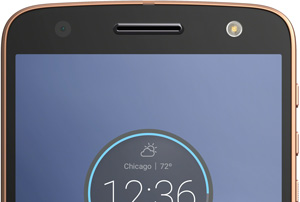




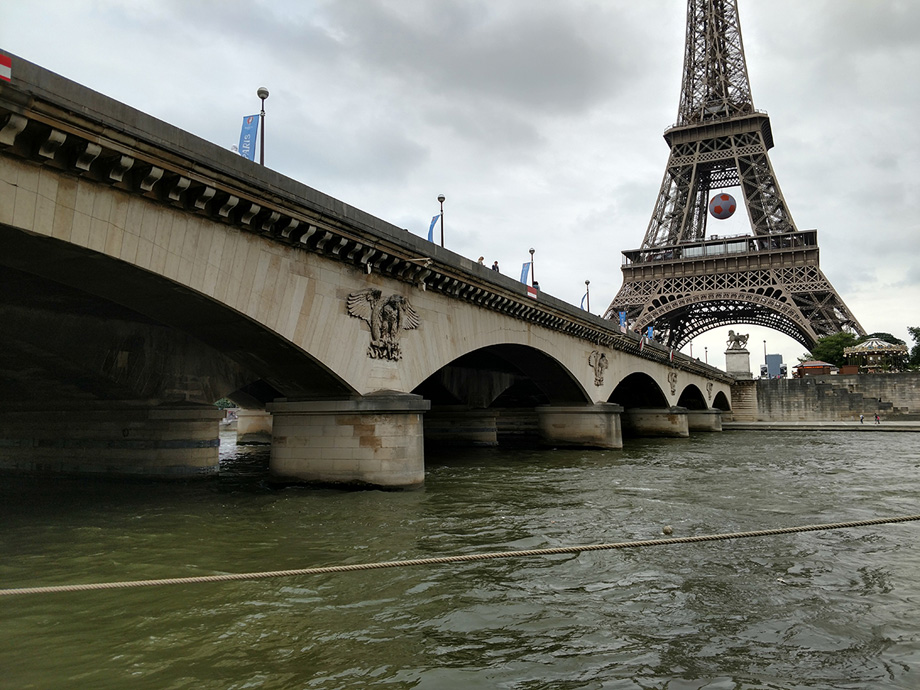


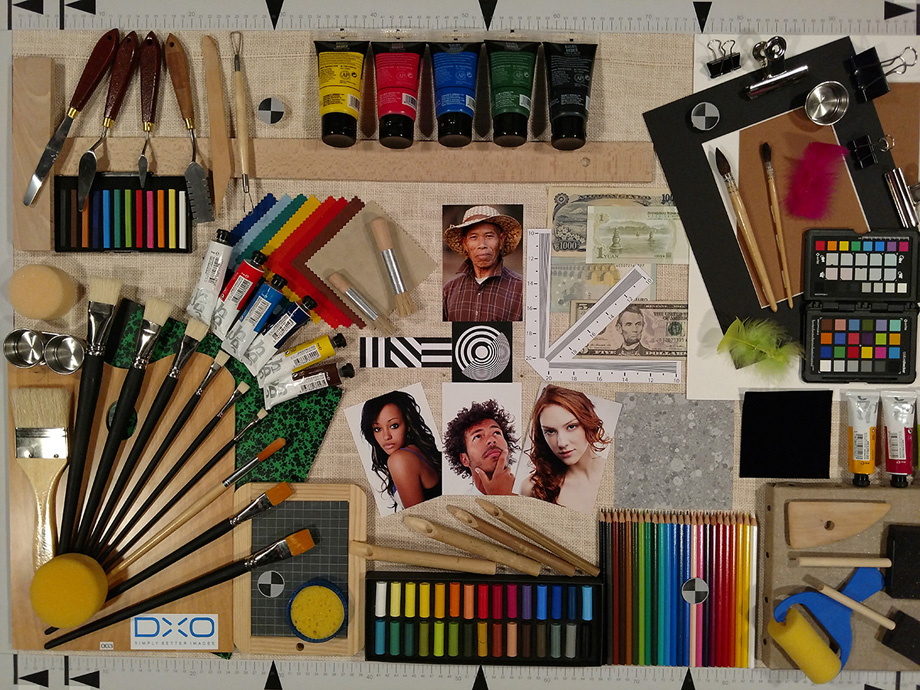
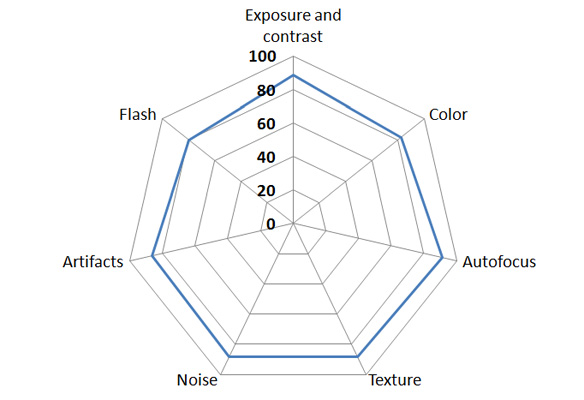

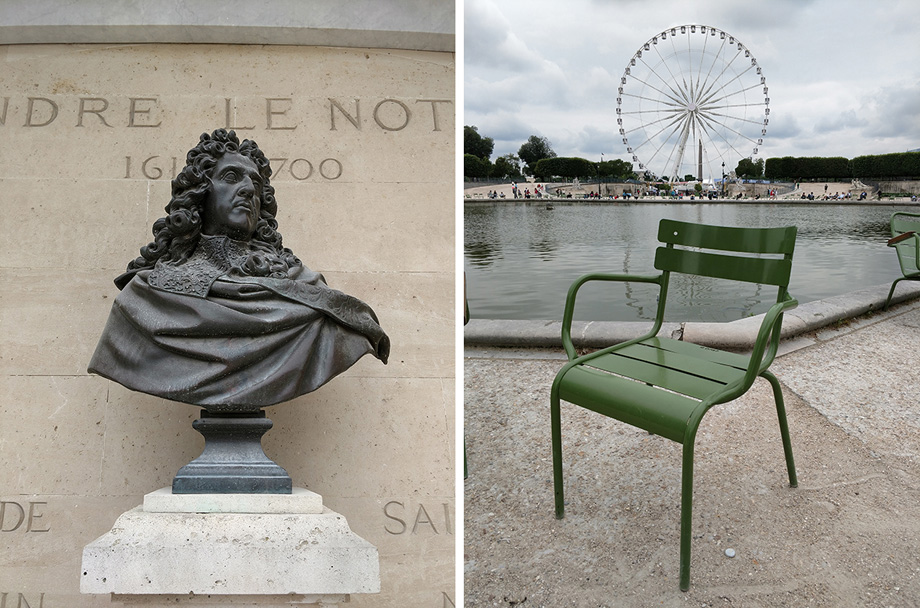
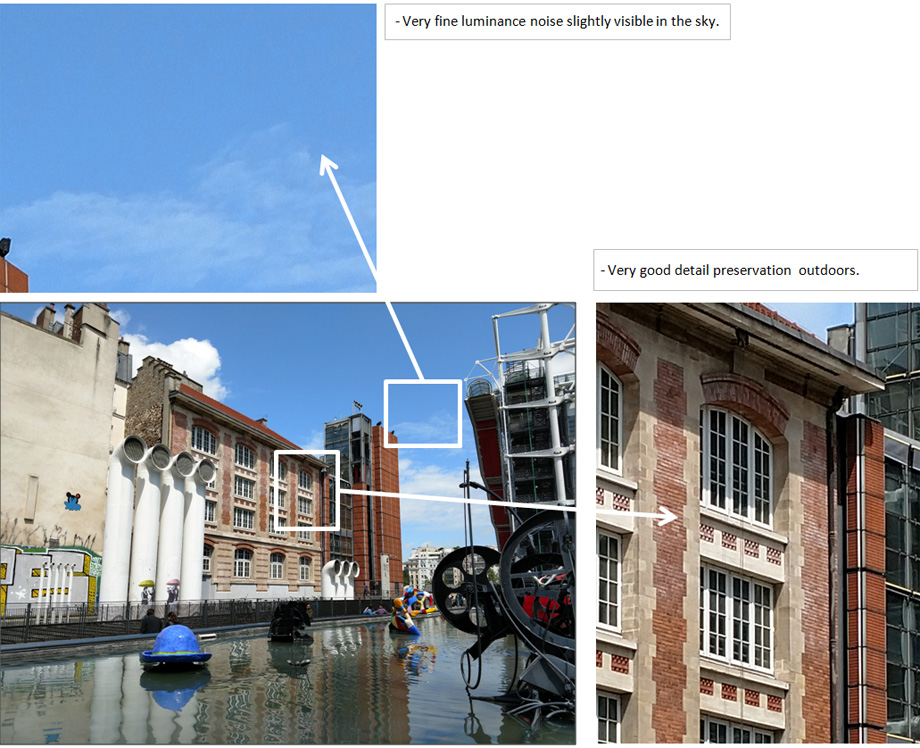
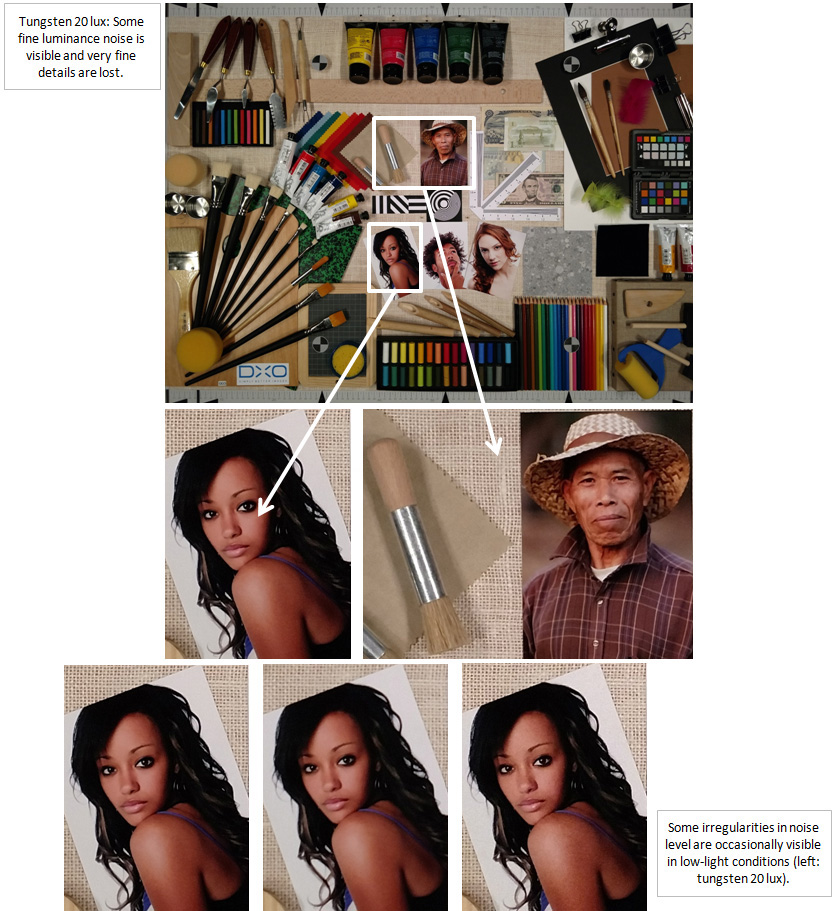

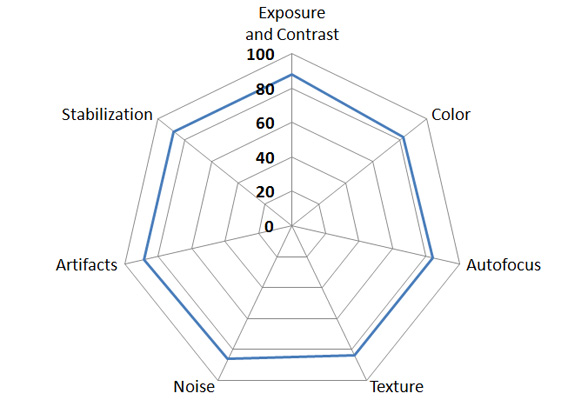
DXOMARK encourages its readers to share comments on the articles. To read or post comments, Disqus cookies are required. Change your Cookies Preferences and read more about our Comment Policy.